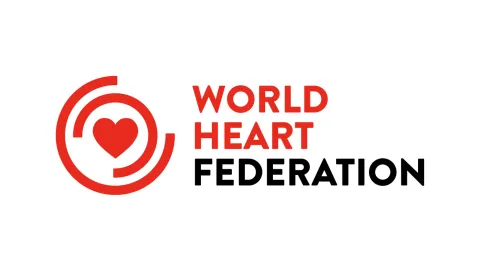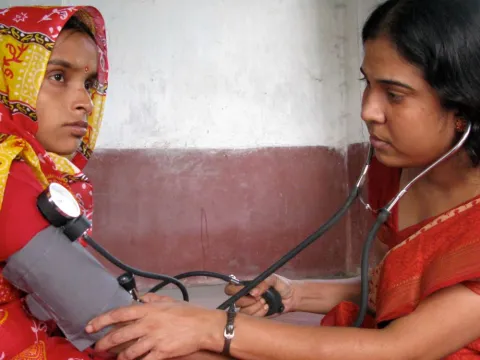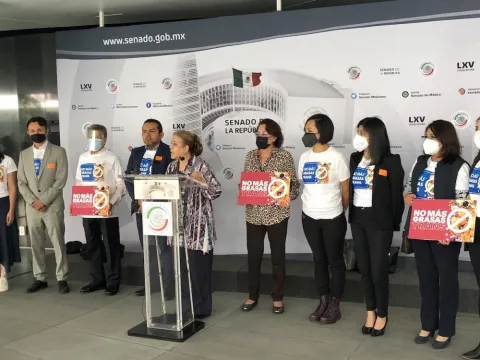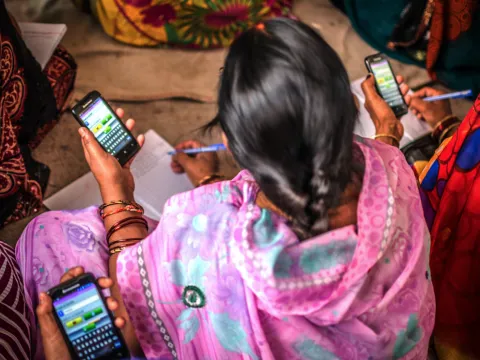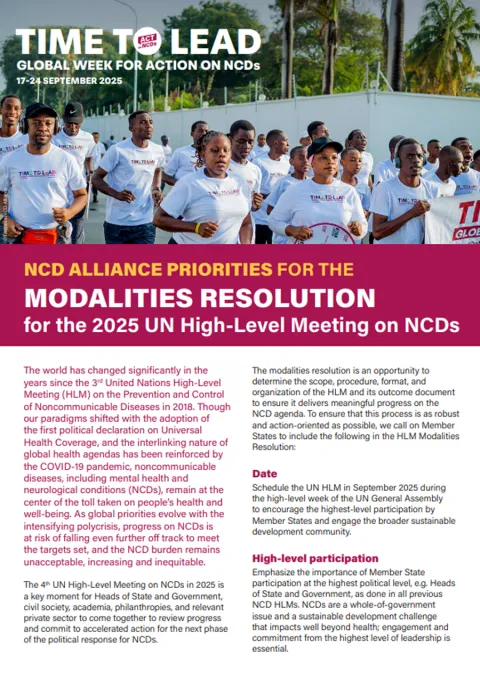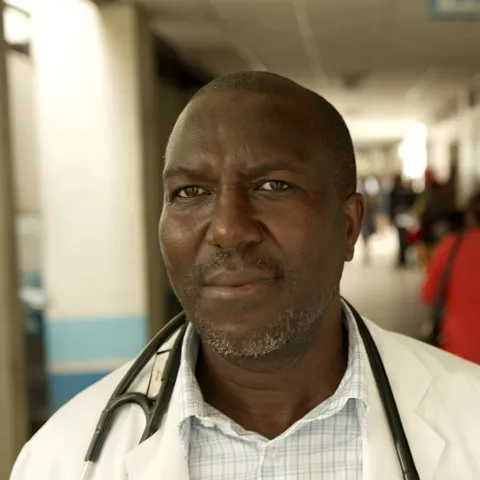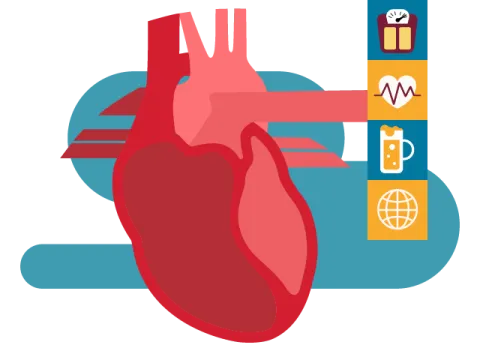Cardiovascular health: the doctor’s office is one part of the solution
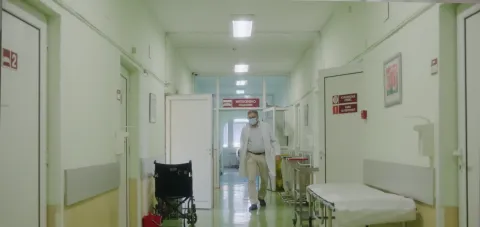
Every year, on 29th September, the World Heart Day campaign reaches more and more people with messages of awareness, action – and hope. Now in its 22nd year, we want everyone to #UseHeart and strive for equity in prevention, treatment, and care. Sectors must come together – medical practitioners, policymakers, the private sector, academia, and patient groups. It’s not an insurmountable challenge and one we must meet to improve societies’ health, well-being, and productivity.
We are closing gaps in cardiovascular care in some places and building our expertise every day. Still, many people, and especially the most vulnerable communities, remain susceptible to potentially preventable heart failure and manageable conditions.
New tools for diagnosis, prevention and treatment are changing the prognosis for many patients, including the more than 500 million living with cardiovascular disease (CVD). Digital health interventions (DHIs) from text messaging platforms, mobile (mHealth) apps, telehealth consultations, and wearable devices have boosted healthcare, partly propelled by the COVID-19 pandemic. The penetration of digital health services is an opportunity and priority for expanding healthcare access and reducing cardiovascular mortality, disease, and disability. Now, beneficial policies and health infrastructure must provide the enabling environment for us to harness positive developments.
Towards stronger hearts
Decades ago, cardiology could not have envisioned today’s progress: improved methods of diagnosis such as imaging, genetics, biomarkers, and new treatment modalities from new drugs to new devices to open blocked arteries or regulate heart rhythm. I still remember my earliest experiences in cardiology practice when, for instance, echocardiography or interventional cardiology were in their beginning stages.
Recently visiting Mozambique where the Colours to Save Hearts partnership team is working to end rheumatic heart disease, I was greeted by the smiles of at least 100 children aged 5 to 10 years of age. These milestones give impetus to the mission to improve cardiovascular health and reduce premature death and suffering.
Being on the frontlines to tackle CVD as the leading cause of mortality has brought its fair share of satisfaction, and chagrin. Chagrin because you meet patients who could have prevented heart disease through a lifestyle consisting of a healthy diet, quitting smoking, reducing alcohol consumption, and regular exercise – even moderate. You also see, often firsthand, the unnecessary barriers, many of them in under-served communities, that can be overcome through fairer, more robust health policies.
Joining links in the care chain
We must think of health costs as health investments to avert complications and improve the quality of life for people everywhere. Take, for example, hypertension: affecting 1.3 billion with only 1 in 5 having it under control, it is a risk factor for developing CVD yet there are affordable treatment options for it.
I am heartened that three of my children are following a medical path: clinical nutrition, cardiac rehabilitation, and internal medicine. In addition to a trained workforce to meet demand, it’s about opening access to care, in cities and rural areas, in low- and middle- income countries and under-served areas of developed countries. At this year’s World Heart Summit, high-profile panellists discussed initiatives and advanced ideas to improve the mechanisms of policy, financing, education, and partnerships that can strengthen healthcare delivery.
On World Heart Day, we want to also reach those who allocate resources, and set and decide policy. The recently launched World Heart Observatory is a unique source of curated data and knowledge to guide principles and practice in cardiovascular health; the upcoming World Heart Vision 2030 is a blueprint for action by every sector.
We need “all hands-on deck:” health practitioners; developers and implementers of healthcare devices and treatments; regulators involved in pricing and approval of treatments; policy leaders setting the frameworks for accessible, affordable care; academia; patient groups; and all civil society. As avenues continue to lead to better cardiovascular care, my hope is that bolder policy and investment will bring all their promise to fruition, contributing to achieving cardiovascular health for everyone.
Professor of Cardiology, Portugal (WHF Founding Member representative)
